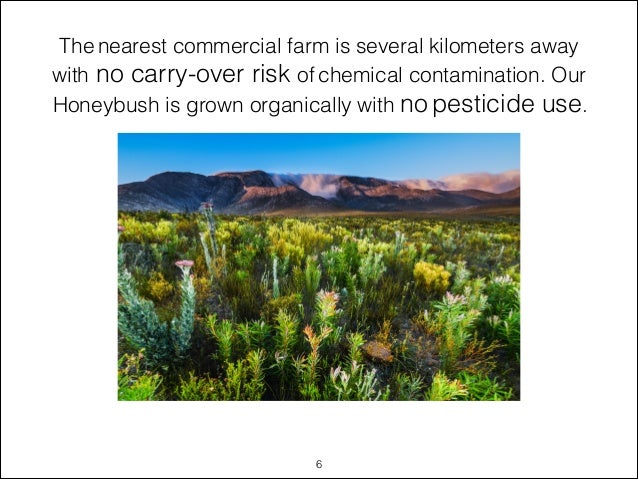Sustainable Harvesting Practices: Nurturing the Earth for a Better Future
In today’s world, where environmental concerns are at the forefront of our minds, it is vital that we adopt sustainable practices in every aspect of our lives. One area that often goes unnoticed is the practice of harvesting resources from nature. Whether it be timber, wild plants, or even animals, responsible and sustainable harvesting techniques are crucial to preserve our natural ecosystems. In this article, we will explore some essential practices that can help us maintain a healthy balance between utilizing natural resources and protecting the environment.
1. Understanding Ecosystems:
Before delving into specific harvesting practices, it is important to have a fundamental understanding of how ecosystems work. Each ecosystem consists of various interconnected elements such as plants, animals, soil quality, climate conditions, and water availability. These components interact with each other in delicate ways and rely on one another for survival.
By studying these relationships and their ecological dynamics within an ecosystem, we can identify which resources are abundant and which may require more caution when harvested. For example, if certain plant species serve as a primary food source for local wildlife populations or play a crucial role in preventing erosion along riverbanks; special care must be taken to ensure their sustainability during harvesting activities.
2. Regenerative Harvesting Techniques:
Regenerative harvesting involves methods that allow for resource extraction while also promoting growth and regeneration over time. This approach focuses on ensuring continuous availability without compromising future generations’ ability to utilize those resources.
In forestry practices, selective cutting is an effective technique employed by sustainable loggers. Instead of clear-cutting entire forests indiscriminately (which has devastating consequences), selective cutting involves removing only mature trees selectively while leaving younger ones untouched to grow further.
Similarly in agriculture or horticulture sectors focusing on wild plant collections or fruit orchards practicing selective harvests plays a vital role in allowing plants to reproduce naturally through seeds or vegetative propagation methods. By leaving behind a portion of the crop or plant population, we enable them to regenerate and continue their life cycle.
3. Setting Harvesting Limits:
Establishing proper harvesting limits is crucial to maintain ecosystem balance. These limits are determined by considering various factors such as population size, reproductive capacity, natural growth rates, and environmental conditions.
For example, when fishing in oceans or lakes, regulations on catch sizes and restricted seasons help prevent overfishing and allow fish populations to replenish themselves naturally. Similarly, for agricultural practices like beekeeping or honey collection from wild hives, ensuring that only a portion of the hive’s honey reserves are harvested can help sustain the colony without causing harm.
4. Supporting Local Biodiversity:
Biodiversity plays a critical role in maintaining healthy ecosystems. It ensures resilience against diseases, pests, and climate change impacts while also providing essential services like pollination and soil fertility. Sustainable harvesting practices should prioritize supporting local biodiversity rather than depleting it.
One way to achieve this is by diversifying harvest sources whenever possible. For instance, instead of exclusively relying on one species or variety for timber extraction or fruit collection in an orchard setting; incorporating multiple species helps spread the demand evenly across different plants while reducing pressure on any single species.
5. Implementing Monitoring Programs:
To ensure that sustainable harvesting practices are being followed effectively over time; implementing monitoring programs becomes necessary. Regular assessments of resource availability, population dynamics (in case of animals), plant regeneration patterns (in case of plants), water quality measurements (if applicable), etc., provide valuable insights into whether current practices need adjustments or modifications.
Monitoring programs also act as early warning systems for identifying potential threats to resources due to changing climate patterns, invasive species encroachment issues or increased human activity levels nearby harvest zones; allowing corrective measures to be taken promptly before irreversible damage occurs.
6. Community Engagement:
Engaging local communities directly involved in harvesting activities is crucial for successful implementation of sustainable practices. By involving them in decision-making processes and providing education on the importance of responsible harvesting, we can foster a sense of ownership and stewardship towards natural resources.
Encouraging local communities to participate in monitoring programs, establishing cooperatives or partnerships with them, and supporting alternative income-generating activities aligned with conservation goals all contribute to their empowerment while ensuring long-term sustainability.
In conclusion, adopting sustainable harvesting practices is not only beneficial for our environment but also essential for future generations. By understanding ecosystems, employing regenerative techniques, setting limits, supporting biodiversity, implementing monitoring programs and engaging local communities; we can strike a balance between utilizing natural resources and preserving them for years to come. Let us embrace these practices as responsible stewards of the Earth and secure a better future for ourselves and our planet.


Leave a comment